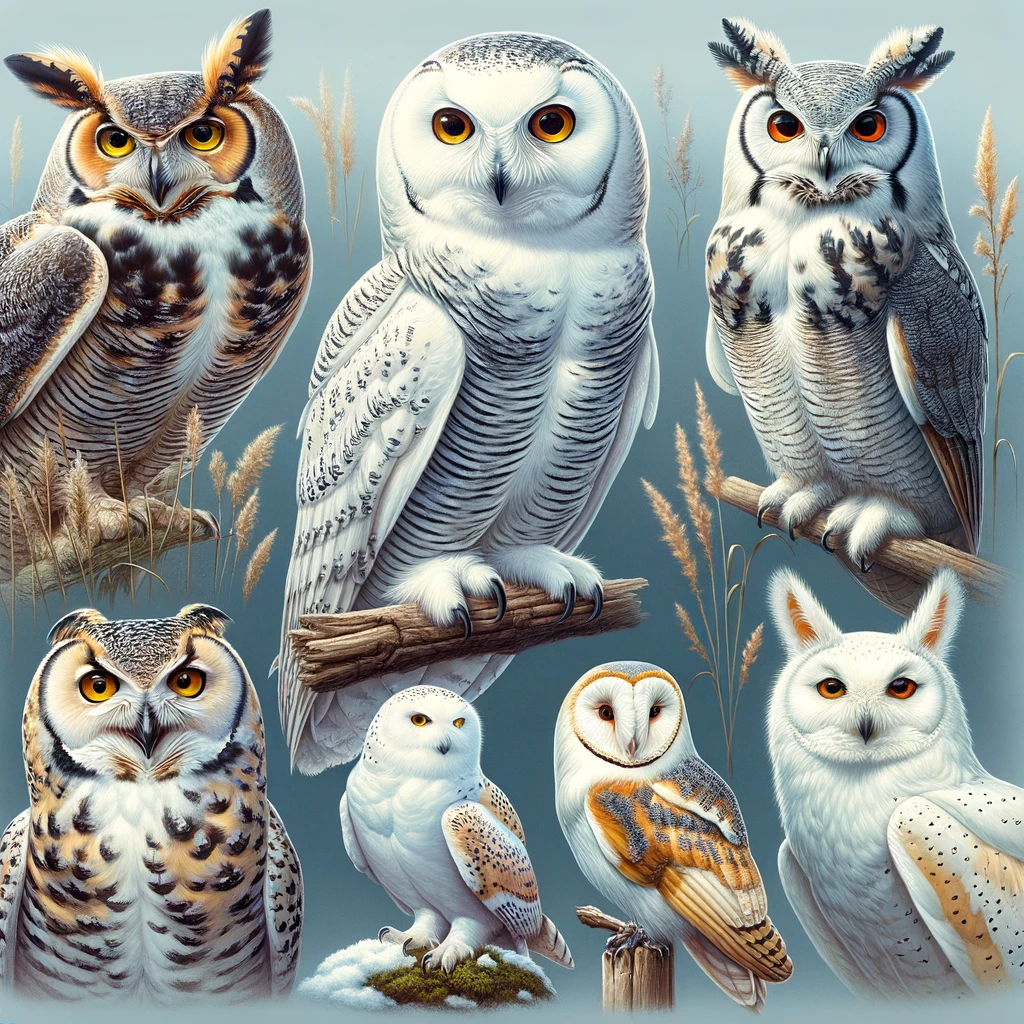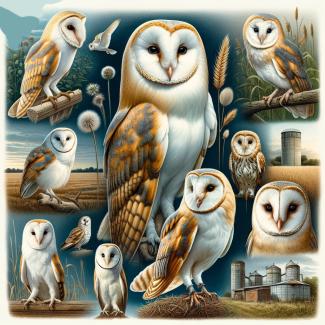
Strigiformes: A Comprehensive Taxonomy of Owls
Nepal, a South Asian gem recognized for its varied landscapes and abundant biodiversity, is a haven for numerous mesmerizing bird species. Among these avian residents, the order Strigiformes - better known as owls - captures attention with their alluring looks, nocturnal lifestyle, and enigmatic aura. In this article, we will dive into the captivating taxonomy of Nepalese owls and investigate how their distinct traits benefit the ecosystems they reside in.
Decoding the Taxonomy of Strigiformes
To fully grasp the intricacies of owl species native to Nepal, we must examine their classification under the broader taxonomy of Strigiformes. Generally, owls belong to one of two main families: Tytonidae (barn owls) and Strigidae (true owls). Tytonidae features a comparatively smaller variety of species, while the Strigidae family is more diverse and includes numerous types of owls.
In Nepal, over 30 species of owls have been identified, mostly consisting of true owls. A few notable examples are:
Collared Owlet (Glaucidium brodiei)
As the tiniest owl species found in this region, Collared Owlets are usually recognized by their unique calls and small stature.
Himalayan Wood Owl (Strix nivicolum)
This medium-sized owl stands out with brownish-white plumage and a penchant for high-altitude coniferous forests.
Eastern Screech Owl (Otus sunia)
Often spotted hiding in thick foliage during daylight hours, these small-sized owls have reddish-brown feathers that provide excellent camouflage within their environment.
Brown Wood Owl (Strix leptogrammica)
Boasting a fairly large size and dark facial disc, this owl species skillfully navigates the dense forests of Nepal.
Peering into the Lives of Owls in Nepal
Nepalese owls display an array of ecological attributes, though shared traits include nocturnal activity, carnivorous diets, and enigmatic charm. They possess distinctive physical adaptations like forward-facing eyes and an astounding range of neck movement, granting them superior binocular vision and precision in hunting prey.
Thanks to their prowess in catching small mammals and insects, owls hold a crucial role in controlling rodent populations and preserving ecosystem equilibrium. Each species is finely adapted to its specific habitat, whether grasslands, woodlands, or wetlands.
Protecting Owls in Nepal: Conservation Initiatives
Despite their notable contributions to ecosystems, Nepalese owls confront many obstacles to their survival. Deforestation-driven habitat loss, illegal hunting, and trapping for traditional medicine or the pet trade pose significant threats. Conservation groups such as Bird Conservation Nepal (BCN) actively strive to safeguard these mesmerizing birds by engaging local communities in conservation endeavors and raising public awareness about their ecological importance.
In summation, the bewitching domain of Strigiformes native to Nepal carries immense inherent value and crucial ecological relevance. Through further research on these fascinating beings and supporting conservation efforts, we can help preserve their enigmatic allure for future generations to appreciate.


